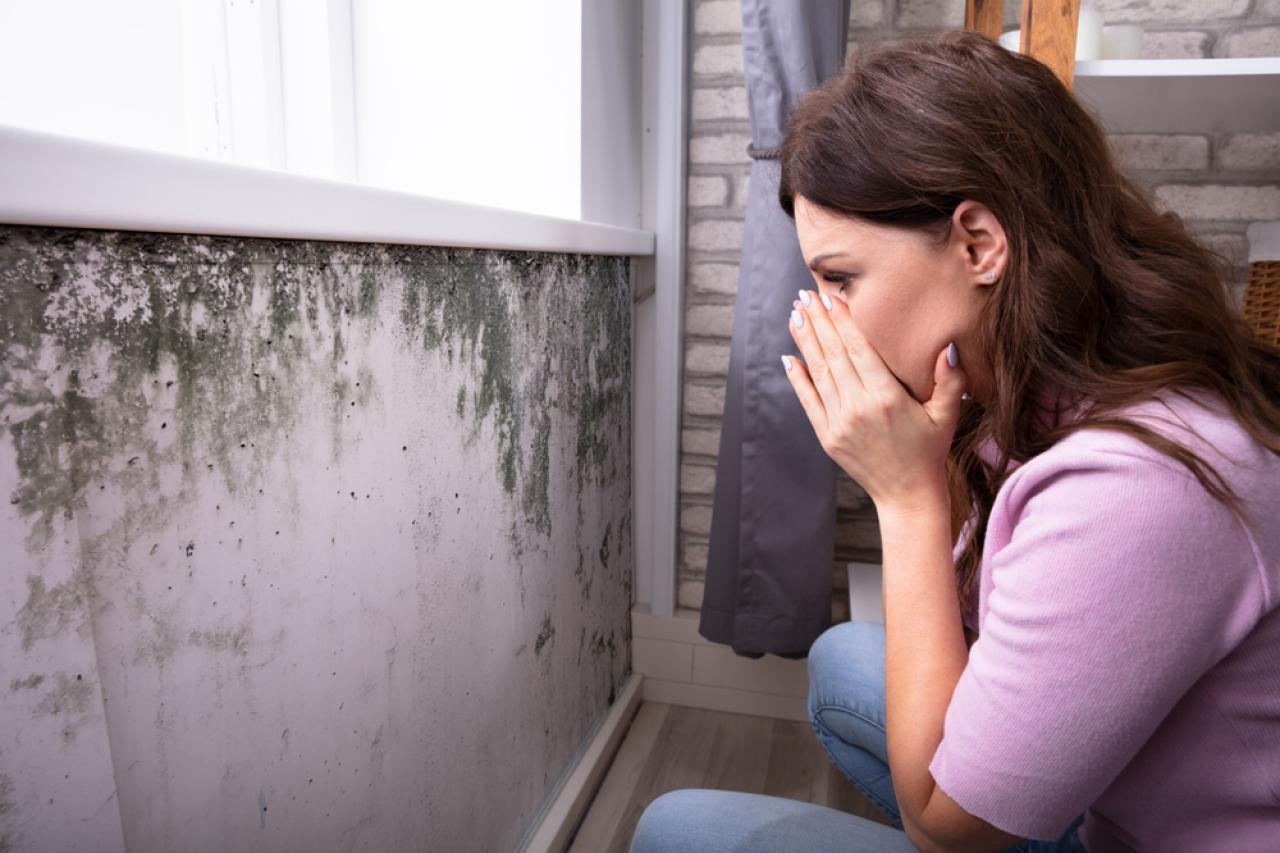When mold develops in homes, mold removal needs proper remediation is important to eliminate health risks and prevent unnecessary damage. Mold removal should only be attempted by professionals for large-scale problems or in spaces occupied or frequented by sensitive individuals. For small, non-porous mold spots that can be cleaned by occupants, containment and thorough cleaning are key.
Contain excess moisture to stop mold growth.
Fix any leaks, water damage or high-humidity issues that led to mold problems. Containment of the moisture source is the only way to permanently get rid of mold. Without it, mold will continue spreading and recurring.

Protect those cleaning mold with proper protective equipment including respirators, goggles, gloves and disposable coveralls. Exposure to mold should be limited, as even small amounts of mold or mold spores can trigger health issues in sensitive people.
Scrub mold off hard surfaces with detergent and water, then completely dry the surfaces. For porous surfaces, it may be best to discard heavily moldy materials. Bleach can be used but is not always recommended as it may damage some surfaces.
HEPA vacuum mold and debris from carpets, upholstery, wood, paper, cloth and other porous moldy materials. Aim for complete removal of all mold and spores, not just loosening contaminated material.
Disinfect and dehumidify the area
After cleaning mold and debris. Use an EPA-registered disinfectant to kill any remaining mold or spores. Lower the relative humidity to 30-50% in moldy areas to prevent mold re-growth.
For large mold problems or cases beyond DIY cleaning, hire a licensed mold removal contractor. They have proper training, equipment, protective gear, containment procedures and EPA-approved disinfectants to thoroughly remediate mold professionally while ensuring occupant safety.
Consider encapsulation only as a last resort. Encapsulation seals mold behind surfaces like drywall, but mold often continues spreading under the encasement, causing health issues and greater damage over time. Removal is usually the most effective long-term solution, though not always structurally feasible.
Re-test the area after remediation to ensure all mold has been properly eliminated before rebuilding and allowing re-occupancy. Air testing, surface testing and visual inspection may be required depending on the size and severity of the mold problem.
Containment and comprehensive cleaning, either by occupants or professionals, are the foundations of effective mold remediation. Stop excess moisture, limit exposure, remove all mold and spores, disinfect and test to ensure a mold-free environment before allowing use of the space again. With the proper techniques and in some cases professional help, even significant mold infestations can be remediated thoroughly.

